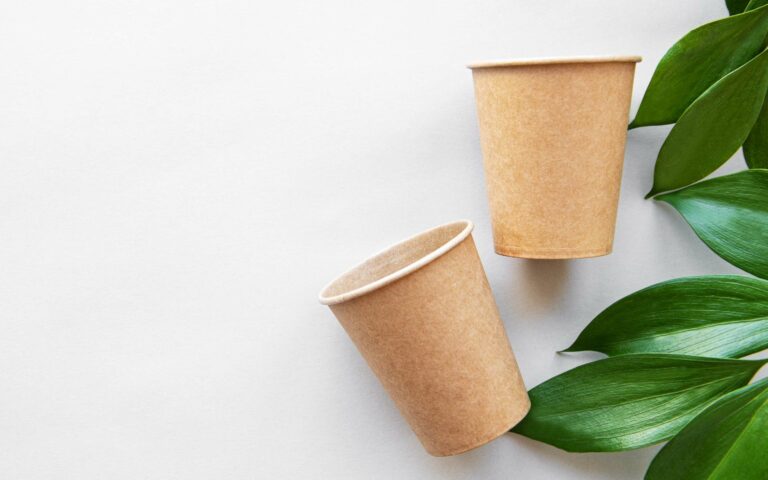The source of all sound is vibrations.
With this activity below, you will exemplify how vibrations can generate sound by using a simple wine glass and some water. The vibrations created by your fingers moving over the rim of the glass, causing the glass to resonate. This means that you are causing the crystals in the glass to vibrate together at a similar frequency to create one clear tone. You can change the pitch by adding or subtracting water to the glass. The volume can be changed by increasing or decreasing the pressure from your finger on the rim of the glass.
Terms & Concepts:
- Sound
- Physics
- Vibrations – Sound is produced when something vibrates, or rapidly moves back and forth. The vibrating body causes waves to move through the medium (air or water), where they eventually reach the delicate skin in our ears. Our brain is able to recognize that these waves or vibrations are sounds made by different things. The shape of these sound waves determines what kind of sound you hear!
- Frequency – the number of vibrations per second. For example, the highest key on a piano vibrates 4,000 times per second so it has a frequency of 4000 hertz (Hz). Lower keys have lower frequencies, with the lowest key on the piano vibrating only 27.5 times per second.
- Resonate – to continue to produce a loud, clear, deep sound for a long time; produce or be filled with a deep, full, reverberating sound
- Music
- Pitch – the highness or lowness of sound or the rate at which sound waves are produced (see frequency).
- Volume – the measure of loudness or the height of the sound waves
- Tone – a single frequency. For example, in music, a tone is a single note. Different notes are different tones.
Materials:
- wine glass – a crystal, thin-walled one works best
- separate glass of water
- wet fingertip
- Ping pong ball (optional)
Instructions:
- Hold the empty wine glass on a tabletop at the base of the stem with one hand.
- Wet the index or middle finger of your other hand with some water.
- Lightly rub your wet finger along the rim of the glass.
- As you rub the glass, you will hear the “singing” sound of the glass. You may have to re-wet your finger periodically and/or adjust the pressure of your finger on the rim of the glass to keep producing the sound.
- You can change the pitch of the sound by adding water to the glass.
Think About It!
- Can you find a relationship between the water level in the glass and the resulting pitch of the note? Does the pitch change with different water levels? Does the water in the glass stay still or do you notice any movement?
- Does the size or shape of the glass change the sounds produced? Can you make any connections between the size and shape of the glass and the sounds/frequencies/pitches produced?
- Put a ping pong ball in the bottom of an empty glass and rub your finger around the rim to make the glass sing. Do you notice any movement with the ping pong ball?





